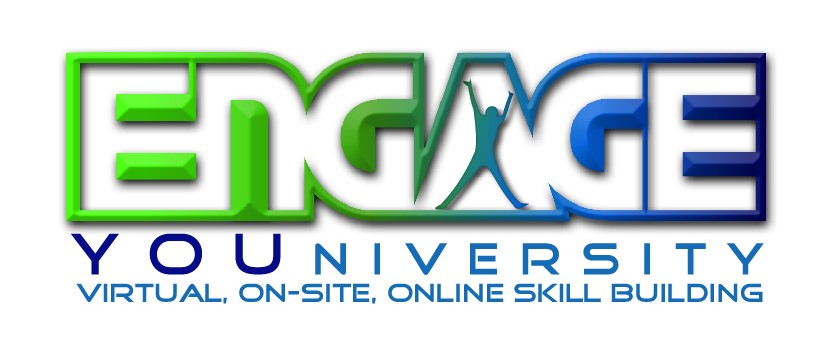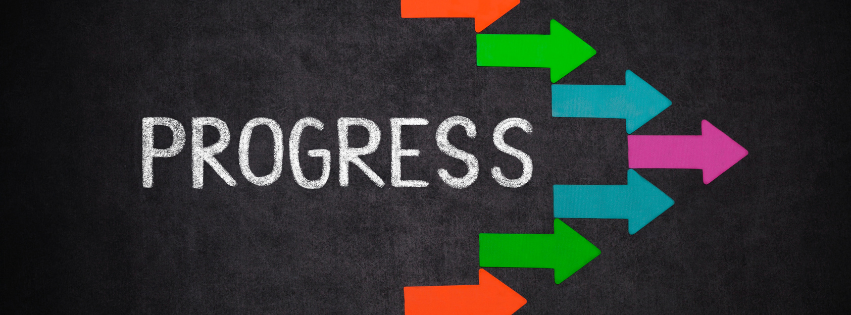Are you a hamster on a wheel or a rocket to the moon?
As Alex MacKenzie astutely observed, “Nothing is easier than being busy, and nothing more difficult than being effective.” But fear not, fellow productivity enthusiasts! This guide will help you trade your hamster wheel for a rocket ship, propelling you towards tangible results and meaningful connections. Buckle up, because we’re about to transform your busy buzz into a symphony of success!
The Busy Trap: Why Motion Doesn’t Equal Progress
Let’s face it: we’re all guilty of the “busy bee” syndrome. We buzz around, ticking off tasks, and feeling accomplished. But at the end of the day, what do we really have to show for it?
According to a study by RescueTime, the average knowledge worker is only productive for 2 hours and 48 minutes per day, despite working an average of 8.8 hours. That’s a lot of motion with little progress!
The key to breaking free from this trap is to distinguish between motion and progress. Motion feels good – it gives us the illusion of productivity. Progress, on the other hand, moves us tangibly closer to our goals.
Action Step: Before starting your next task, ask yourself: “Will this activity directly contribute to my desired outcome?” If the answer is no, it might be time to reassess your priorities.
The Power of Metrics: Defining Your North Star
To make real progress, you need a clear destination. Enter the world of metrics – your trusty compass in the sea of busy work.
Dr. Gail Matthews, a psychology professor at Dominican University, found that people are 42% more likely to achieve their goals just by writing them down. But don’t stop there – define specific, measurable results that signal progress.
For example, instead of “improve client relationships,” try “increase client satisfaction scores by 15% this quarter.” This gives you a concrete target to aim for and measure against.
Strategy: For each of your major goals, define at least one measurable metric that indicates progress. Post these metrics where you can see them daily.
The AM/PM Question Technique: Your Daily Progress Check-In
While metrics are crucial, don’t forget the human element. Building strong relationships is often the key to unlocking major progress in both personal and professional realms.
Dr. John Gottman, renowned for his work on relationships, found that successful relationships have a 5:1 ratio of positive to negative interactions. This principle applies beyond romantic partnerships – it’s valuable in all interpersonal dynamics.
To leverage this knowledge:
Now that you have your metrics, it’s time to put them into action with the AM/PM Question Technique. This simple yet powerful strategy keeps you focused on progress throughout the day.
Here’s how it works:
AM Question (Before): “What exactly must I accomplish in this [task/meeting/project] to move closer to my goal?”
PM Question (After): “What tangible progress did I make towards my goal?”
Let’s say you’re a sales manager aiming to increase team performance. Your AM question might be: “What specific strategies can I share in today’s team meeting to boost our conversion rates?” Your PM reflection: “Did I successfully communicate those strategies, and what immediate actions did the team commit to?”
This technique not only keeps you focused but also provides valuable data for improving your effectiveness over time.
Productivity Power Move: Implement the AM/PM Question Technique for your three most important daily tasks for one week. Notice how it impacts your productivity and focus.
Relationship Building: The Human Side of Progress
- Keep a “relationship scorecard” for key professional and personal connections. Aim for that 5:1 ratio of positive interactions.
- Use the “interest database” technique: Keep notes on people’s interests, family, and aspirations. Reference these in conversations to deepen connections.
- Practice active listening: In your next five conversations, challenge yourself to ask at least two follow-up questions based on what the other person says.
Success Strategy: Identify your three most important professional relationships. Commit to one purposeful, positive interaction with each person this week.
The Visual Motivation Hack: Surrounding Yourself with Progress Prompts
Out of sight, out of mind – but the reverse is also true. By strategically placing visual reminders around your workspace, you can keep your focus locked on progress.
A study in the Journal of Environmental Psychology found that employees who have control over the design and layout of their workspace are not only happier and healthier — they’re up to 32% more productive.
Try these progress-promoting prompts:
- “Go for PROGRESS!” – A bold reminder of your overall mission.
- “What’s the TANGIBLE RESULT of this task?” – Encourages you to focus on outcomes, not just activities.
- “Is this the BEST USE of MY TIME RIGHT NOW?” – Helps you prioritize effectively.
Get creative with your reminders – use post-it notes, digital wallpapers, or even custom coffee mugs. The key is to make them impossible to ignore.
Action Step: Create and place at least three visual progress prompts in your workspace this week. Notice how they influence your decision-making and focus.
Maximizing Your ROTI: The Ultimate Productivity Metric
ROTI (Return on Time Invested) is the holy grail of productivity metrics. It’s not just about being busy or even making progress – it’s about making the BEST possible progress with your limited time.
To calculate your ROTI:
- Estimate the value of the outcome (in dollars, satisfaction points, or any relevant unit).
- Divide that by the time invested.
- The higher the ratio, the better your ROTI.
For example, if a 30-minute client call results in a $1000 sale, your ROTI is $33.33 per minute. Compare this to an hour-long meeting that results in no tangible outcome (ROTI = $0 per minute).
A study by Atlassian found that the average employee spends 31 hours per month in unproductive meetings. Imagine the ROTI boost if even half of that time was reclaimed!
Momentum Maker: For one week, track the ROTI of your major activities. Identify your highest and lowest ROTI tasks. Plan to do more of the former and delegate or eliminate the latter.

From Busy Bee to Productivity Powerhouse
Congratulations! You’re now armed with the tools to transform your busy buzz into a symphony of success. Remember, the goal isn’t to do more – it’s to achieve more. By focusing on measurable progress, nurturing key relationships, and maximizing your ROTI, you’ll not only accomplish more but also find greater satisfaction in your work and life.
So, the next time someone asks, “How are you?” instead of defaulting to “Busy!” try “Making progress!” Because now, you truly will be.
Ready to leave the busy work behind and embrace true productivity? Your journey to effective progress starts now. What’s the first change you’ll make today?
References:
Atlassian. You waste a lot of time at work. https://www.atlassian.com/time-wasting-at-work-infographic
Gottman, J. M. What predicts divorce?: The relationship between marital processes and marital outcomes. Lawrence Erlbaum Associates, Inc.
Knight, C., & Haslam, S. A. The relative merits of lean, enriched, and empowered offices: An experimental examination of the impact of workspace management strategies on well-being and productivity. Journal of Experimental Psychology: Applied, 16(2), 158-172.
Matthews, G. Goals Research Summary. Dominican University of California.
RescueTime. Are you really working 8 hours a day?https://blog.rescuetime.com/work-life-balance-study-2019/

